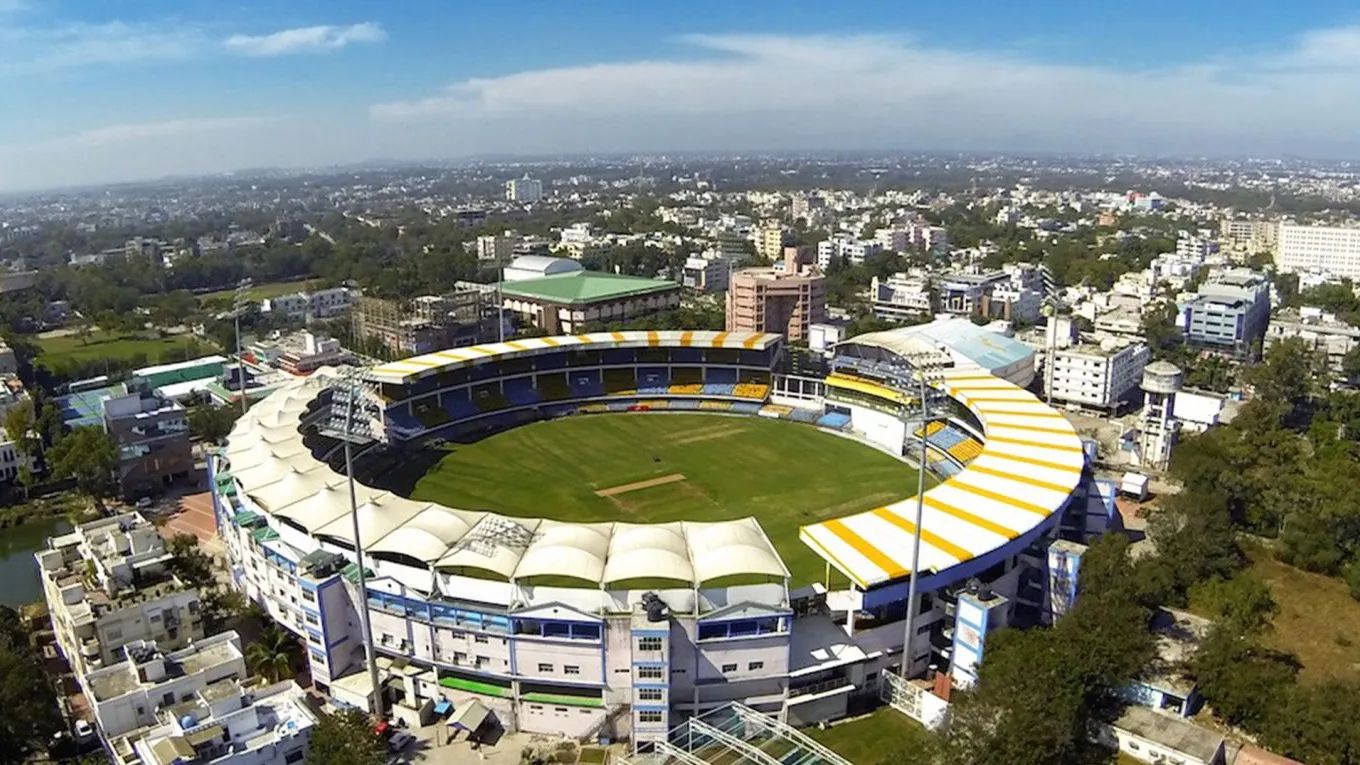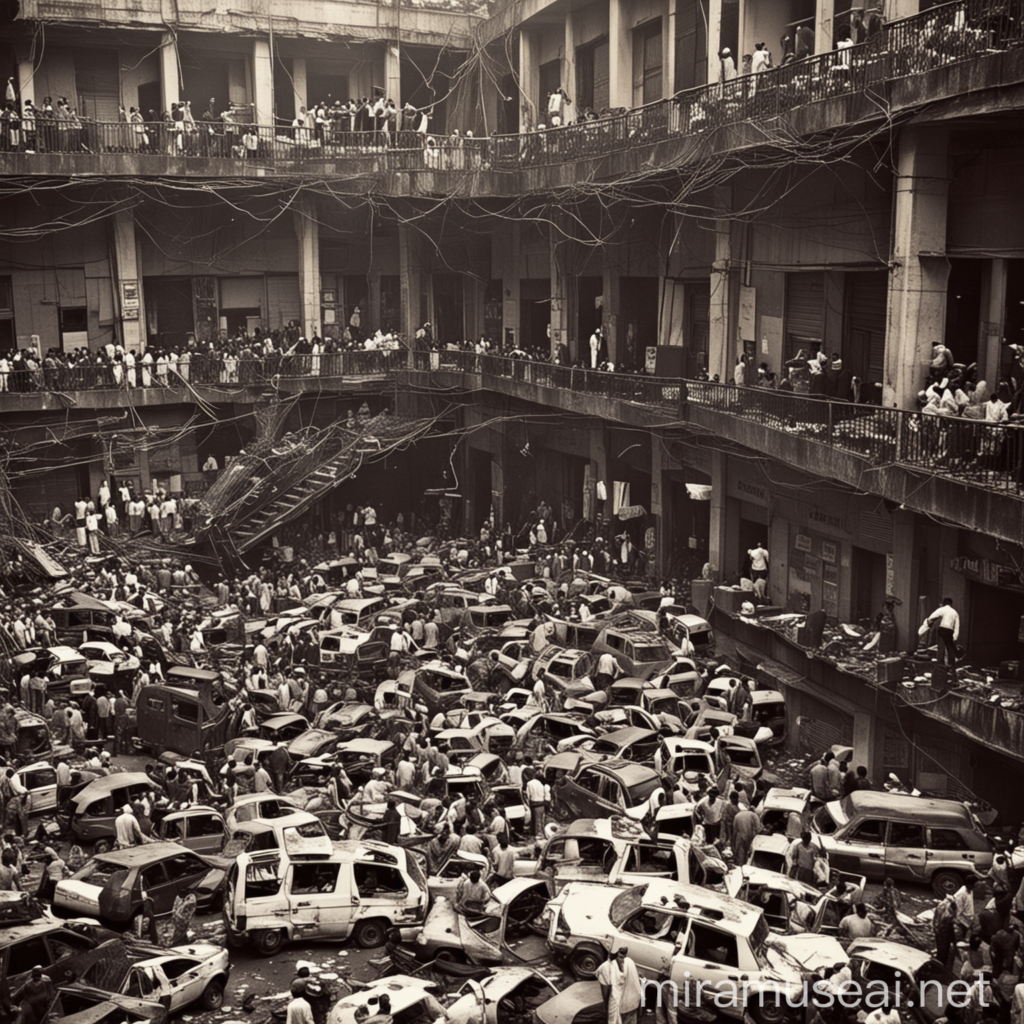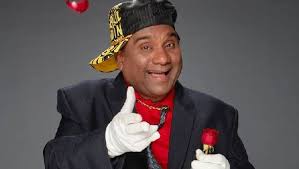Wankhede Stadium, situated in the bustling city of Mumbai, stands as a symbol of cricketing glory, historical milestones, and passionate fanfare. Its rich history intertwines with the evolution of Indian cricket, hosting memorable matches, iconic players, and moments etched in the annals of sports history. Let’s embark on a journey through time to explore the captivating history of Wankhede Stadium, tracing its origins, architectural marvels, legendary encounters, and enduring legacy in Mumbai’s sporting heritage.
Origins and Inception
- Foundation and Construction: Wankhede Stadium, named after Sheshrao Wankhede, a past president of the Mumbai Cricket Association (MCA), was constructed in 1974 to replace the aging Brabourne Stadium as Mumbai’s premier cricketing venue. The stadium’s foundation stone was laid by former Indian Prime Minister Indira Gandhi, marking the beginning of a new era in Mumbai’s cricketing landscape.
- Architectural Marvel: Designed by renowned architect Shashi Prabhu, Wankhede Stadium boasts a unique circular design with seating capacity initially set at around 45,000 spectators. Its proximity to the Arabian Sea lends a scenic backdrop to the cricketing action, creating an atmosphere of grandeur and excitement during matches.
Cricketing Milestones and Iconic Matches
- 1983 World Cup Final: One of Wankhede Stadium’s most iconic moments came on June 25, 1983, when India, under the captaincy of Kapil Dev, clinched its maiden Cricket World Cup title by defeating the formidable West Indies team. The electrifying atmosphere, packed stands, and Kapil Dev’s historic catch are etched in the memories of cricket enthusiasts across generations.
- Sachin Tendulkar’s Farewell: The Master Blaster, Sachin Tendulkar, bid adieu to international cricket with an emotional farewell match at Wankhede Stadium in November 2013. The stadium witnessed an outpouring of love and respect for Tendulkar, who remains a cricketing icon and inspiration to millions worldwide.
- Cricketing Rivalries: Wankhede Stadium has been the battleground for intense rivalries, including India vs. Pakistan clashes, Mumbai Indians vs. Chennai Super Kings duels in the IPL, and gripping Test matches featuring cricketing giants like Australia, England, and South Africa. These matches have showcased high-stakes cricketing drama and fierce competition on the field.
Renovations and Modernization
- 2011 World Cup Renovation: In preparation for the 2011 ICC Cricket World Cup, Wankhede Stadium underwent significant renovations and upgrades. The seating capacity was reduced to approximately 33,000 to meet modern safety and infrastructure standards, while amenities such as hospitality boxes, media facilities, and player amenities were modernized.
- Green Initiatives: As part of sustainable development initiatives, Wankhede Stadium implemented eco-friendly practices such as rainwater harvesting, energy-efficient lighting systems, waste management strategies, and green landscaping. These efforts align with global trends promoting environmental consciousness in sports infrastructure.
Beyond Cricket: Cultural and Sporting Events
- Concerts and Events: Wankhede Stadium has not only been a cricketing arena but also a venue for cultural events, concerts, and ceremonies. Musical performances by renowned artists, awards functions, and community events have added diverse dimensions to the stadium’s legacy, resonating with Mumbai’s vibrant cultural fabric.
- Football and Other Sports: Apart from cricket, Wankhede Stadium has hosted football matches, including Indian Super League (ISL) games, showcasing its versatility as a multi-sport venue. The stadium’s strategic location and world-class facilities make it a preferred choice for sporting spectacles beyond cricket.
Legacy and Fan Experience
- Fanatical Support: Mumbai’s cricket-loving populace, known for its passionate support for the sport, fills Wankhede Stadium’s stands with fervor and energy during matches. The chants, cheers, and waves of enthusiasm create an unforgettable atmosphere, spurring players to deliver memorable performances on the field.
- Historical Significance: Wankhede Stadium’s historical significance extends beyond cricketing triumphs to embody Mumbai’s spirit, resilience, and love for sports. It serves as a melting pot of emotions, aspirations, and shared experiences, uniting fans from diverse backgrounds under the common banner of sportsmanship and camaraderie.
Future Prospects and Continuity
- Technological Advancements: Embracing digital innovations, Wankhede Stadium continues to enhance fan experiences through interactive apps, high-definition screens, digital ticketing, and immersive content, ensuring a seamless blend of tradition and modernity in cricketing engagements.
- Youth Development and Academies: Collaborations with cricketing academies, talent scouting programs, and youth development initiatives at Wankhede Stadium contribute to nurturing the next generation of cricketing talent, fostering a sustainable legacy of excellence and sportsmanship.
In essence, Wankhede Stadium transcends its physical dimensions to embody Mumbai’s cricketing ethos, cultural vibrancy, and sporting legacy. Its hallowed grounds bear witness to triumphs, emotions, and narratives that resonate with cricket aficionados worldwide, ensuring that the spirit of cricket continues to thrive in the heart of India’s financial capital. As Wankhede Stadium evolves with time, it remains a cherished symbol of cricketing glory, nostalgia, and timeless memories etched in every cricket lover’s soul.






